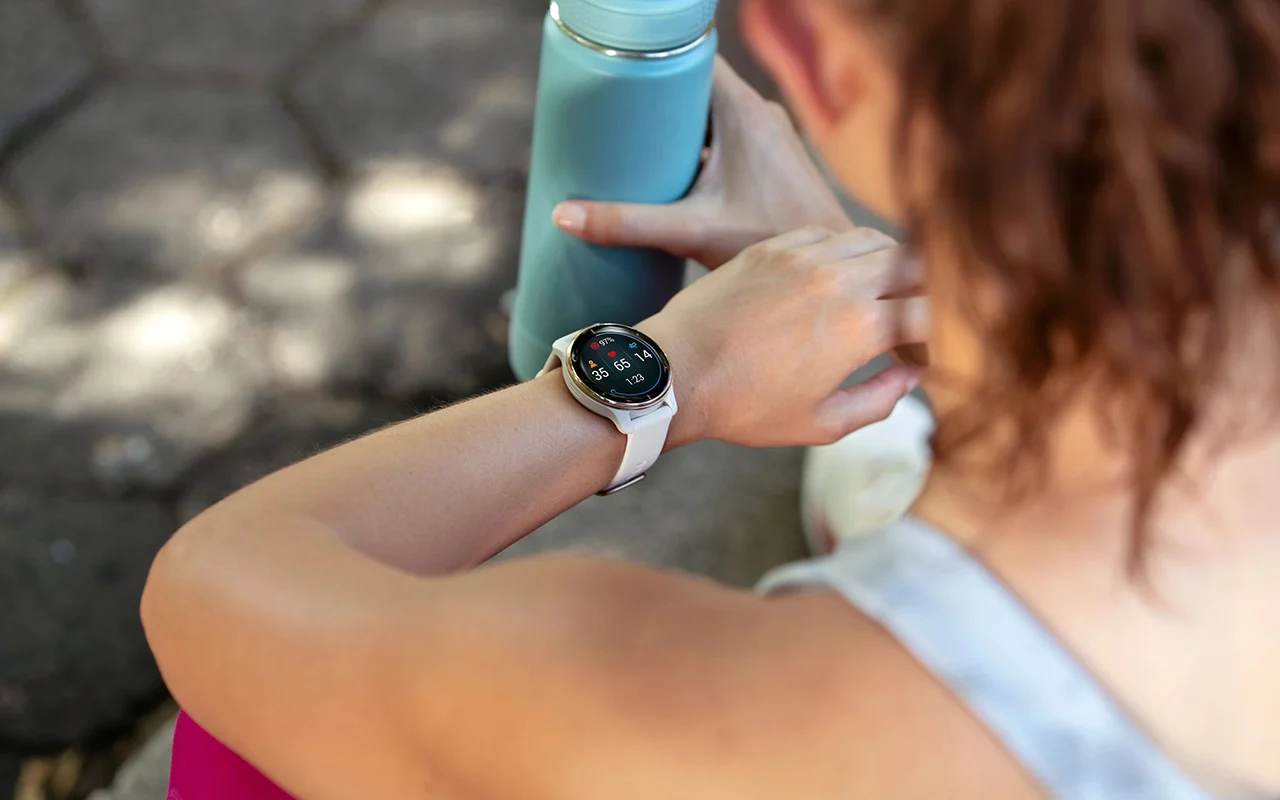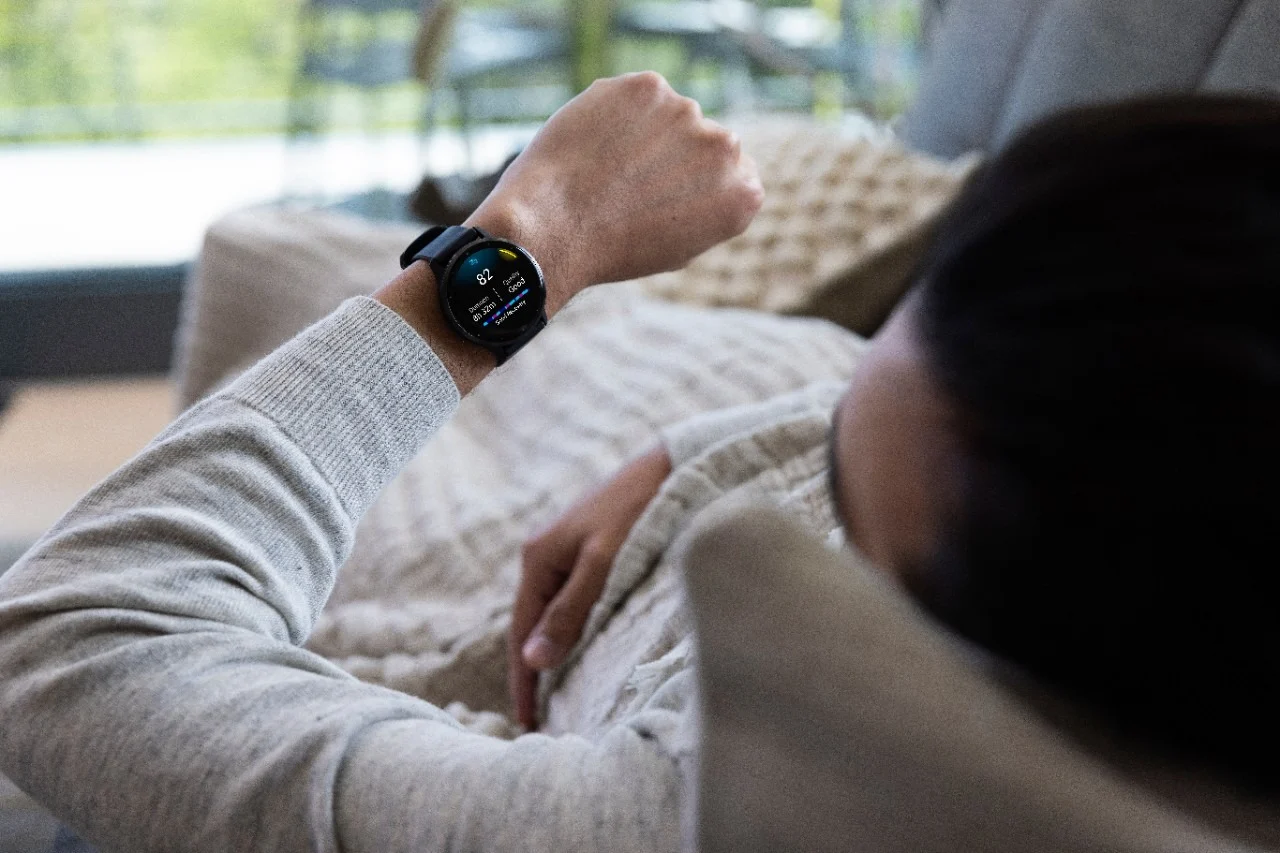
Running 50 Minutes a Week to Live Longer?

How to Run
Many people start exercising because they want to maintain or promote their health. Besides running shoes, running is a sport that costs almost nothing to get started and has the least time and space constraints. Therefore, it has become one of the most popular sports. However, how many times should we run per week? How long should we run each time? How fast should we be running? Most of the suggestions are from netizens and fellow runners. There is rarely strong evidence that tell us how to run.
The World Health Organization recommends that you should be doing 150 minutes of medium-intensity or 75 minutes of high-intensity running exercises per week to remain healthy. However, some documents suggest that running does not promote health (body metabolism, fat burning, etc.), while some documents have found running to be effective. There are great differences in the opinions on how to run to be healthy.
Exercise helps to promote health. 5 million people die every year from not exercising and the deaths of these people could have been avoided if they exercised. According to research, running is one of the top choices for people who haven’t been but want to start exercising. It is also one of the major exercises most people are engaged in. Therefore, it is important to understand the benefits that running can bring to your health.
The British Journal of Sports Medicine recently published the first article that performed systematic integration analysis on running and deaths caused by diseases. Articles in such high-quality journals are able to tell us and help us have a deeper understanding and awareness on how to run, as well as the types of health benefits we are able to gain.

Results from the Analysis
This article found a total of 14 documents that met their set standards. The total number of people involved as subjects in the research was about 230,000, and about 10% of them had a running habit. Participant tracking ranged from 5.5 to 35 years, during which approximately 26,000 people died.
People who run can reduce their overall risk of death by 27%, because the risk of death by cardiovascular diseases is reduced by 30% and the risk of death by cancers is reduced by 23%. After analyzing the frequency, amount, and pacing of running, we are not able to get evidence on the more we run, the more health benefits we get.
Researches have their limitations. People who can exercise are basically healthier; at least there won’t be any serious heart and lung diseases. People who breathe heavily just from walking are not able to run. These cases may cause the research to have a higher mortality rate for those who are destined to not exercise even before the research has started. However, there is a huge disparity in the proportion of people who do not exercise compared to those who run (9:1), so such doubts will be relatively smaller.

Run 50 Minutes a Week for You to Live Longer
The World Health Organization suggests doing 150 minutes of medium-intensity or 75 minutes of high-intensity running exercises per week. However, the research discovered that the amount of time and intensity of exercise are not significantly related to the risk of death. After adjusting various data, you can obtain a 27% reduction on the risk of death by just going outside once per week and running for 50 minutes. Running more or running faster actually won’t get you more benefits.
You can get the benefits of reducing mortality with just 50 minutes a week, but we can still infer that although running more is not statistically significant, there is still a positive correlation. This indicates that you can still receive benefits by running more. It’s just that the marginal benefits diminish and cannot be expressed in data form.
Running is a part of many sports, and is also a major representative of aerobic exercise. Studies have shown that walking can also reduce the risk of death by 10%, but is not as effective as running. The main difference between walking and running is in its speed (perhaps there are many other differences, such as whether there is duration in the air, the usage of muscle groups, etc.), which still causes a difference in the stimuli and degree of fat burning, aerobic metabolism, and cardiopulmonary function. The intensity of exercise still affects the risk of death.
Many studies now believe that the longer the total running time, the higher the risk of injury. More studies have also found that compared to doing a lot of longer, low-intensity running exercises, higher-intensity running training can enhance body metabolic capacity even more so, and won’t burn less fat. Therefore, if you have enough energy, you should carry out higher-intensity running exercises under the condition that your body is able to cope.
Overdoing a single exercise not only increases the risk of injury, but also fails to obtain more health benefits. Regardless of whether you are running under the premise of competition or health, you should still carry out muscle training and mobility training, which can increase athletic performance, as well as multiply the health benefits, and even reduce the risk of injury.
Exercise Prescription

Many textbooks on traditional medicine mention that exercise can strengthen treatment effect. Take diabetes for example, with appropriate exercise, you can reduce the usage of one or two pills. The risk of the most feared cancer by the general public can even be reduced through exercise. Even in the most common colorectal cancer and breast cancer, you can see that exercise can reduce the chance of recurrence, enhance the curative effect, as well as reduce the depression, loss of appetite, and fatigue caused by the disease. This is another powerful weapon that we can add onto our current disease treatment. Also, we won’t need to spend hundreds of millions of dollars on R&D and pharmaceutical costs. This also won’t increase the health insurance budget.
The greatest risk of running is heart attack, so many physicians will refrain from letting patients run in order to avoid associated risks. However, research tells us that running can reduce the risk of death from heart diseases. Of course, we still need to select the appropriate patients to carry out the running exercises. Those who cannot run can just walk. We need to customize the exercise prescription according to the different conditions of each patient.
American College of Sports Medicine (ACSM) has brief introductions to many exercise prescriptions. Although there are many license tests available, they do not allow front-line clinical and medical staff to take the tests and receiving their licenses. Many times, we can obtain knowledge quickly in a short period of time through taking examinations. It’s quite unfortunate that ACSM does not allow front-line medical personnel to participate. However, there are no such qualification restrictions in purchasing books. For medical personnel, the books from ACSM can be understood and absorbed rather quickly and they can include exercise in the treatment to achieve better treatment results.
Running is relatively easier and is less of a barrier for the general public to start with as an exercise. Basically you can start the exercise with just a pair of sports shoes. Muscle strength training pays more attention to the details of the movements, so it is relatively harder for beginners to start off with. Similarly, for the medical staff to design exercise prescriptions, running is also a better entry option. At present, the maximum heartbeat is still used as the related training intensity indicator in medical science. For medical staff, obtaining such tools is much simpler compared to the monitoring of training intensity of swimming and muscle strength training.




